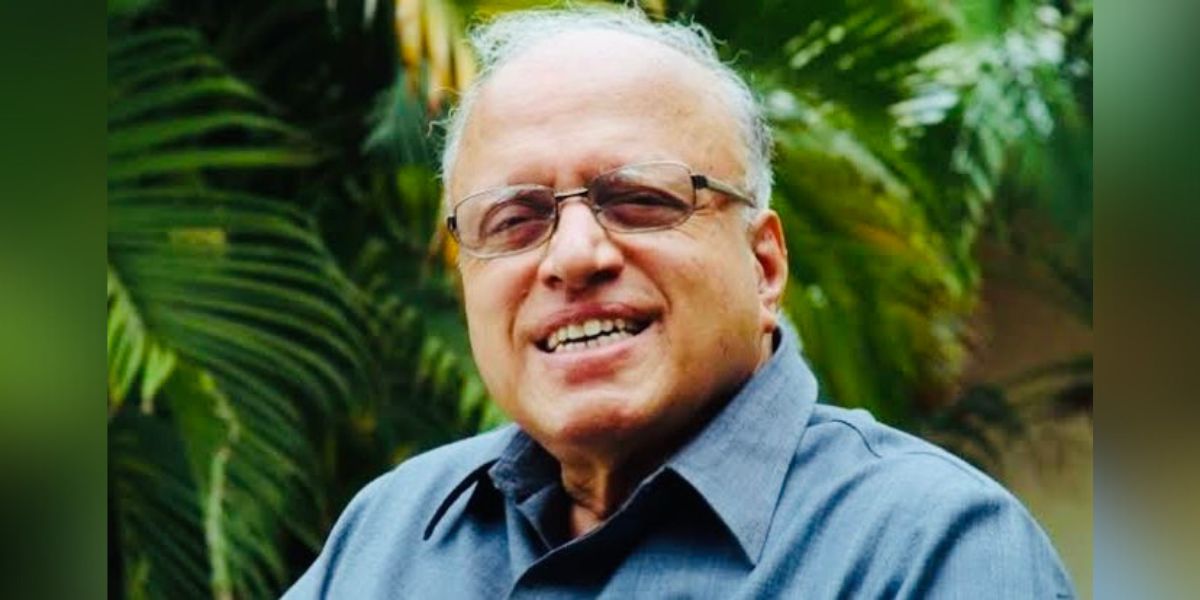It is easy to talk about the future of modern agriculture today because scientists like Swaminathan laid the foundations all those years ago.

MS Swaminathan. (Supplied)
India confers its highest civilian honour, Bharat Ratna, on its Food Man. MS Swaminathan is also called the Father of the Green Revolution.
He receives the award posthumously. He passed away on 7 August last year after turning 98.
What exactly did he do that he is so revered? Quite simple. He convinced the government to experiment with dwarf wheat varieties and, later, rice to increase crop yield.
That was the time, in the 1960s, when India faced acute food scarcity. The droughts in 1965 and 1966 were quite bad, and there came a time when India had food stocks to last mere weeks.
The country was forced to request the United States to import food grain. The US had the Public Law – Agricultural Trade Development and Assistance Act.
The Americans brought it to help poor countries facing food scarcity to import American food grain and pay in their local currencies instead of the US Dollar. They used the domestic currency – practically useless in the US – to finance American developmental projects in the importing country.
That shows the Indian desperation for food grain then.
Swaminathan’s role during this period was critical for India’s food future. He knew what to look for. He wanted a viable, short-statured paddy or wheat variety, which, unlike the traditional, tall and slender ones, would not flatten under the weight of the heavy grain. That would increase the yield and food loss.
He came to know of a semi-dwarf wheat variety called Norin-10. It was Japanese. The Americans took the variety to the US after the Second World War. They bred the variety one winter, and the yield was high.
Swaminathan came into possession of these seeds. However, he knew they proved good in the American winters. How would they perform in hot Indian summers?
He got in touch with Norman Borlaug, who would subsequently become a household name in India. The Nobel winning American agronomist was then experimenting with dwarfing genes in spring varieties in Mexico.
Borlaug visited India and conducted the Mexican experiment here. The then agriculture minister, C Subramaniam, was impressed with what he saw. He ordered trials in more than 100 trial fields in Delhi, Bihar, Uttar Pradesh, and, importantly, in Ludhiana, Punjab.
A portion of the lawn in the minister’s residence was converted into an experimental farm as well.
The Green Revolution began.
Around the same time, a high-yield rice variety brought from Taiwan, IR-8, was developed by the International Rice Research Institute. And the revolution spread to this staple, too.
Swaminathan later advised the Indian government about pesticides, pathogens, and land and water use. The farmers came to call him their friend when, as chairman of the National Commission of Farmers, he suggested they get a Minimum Support Price of up to 50 percent of their weighted average cost. His recommendations were quoted in all reports and white papers the farmers produced while protesting the three agricultural laws the Centre eventually withdrew under their pressure.
Despite his contributions, Swaminathan was also seen as against the Gene Revolution. He faced criticism for his support of natural foods instead of genetically modified foods using gene-editing technologies.
Several geneticists and agronomists working on genetically modified (GM) mustard, brinjal, and similar items wanted the government to support modern farming methods. Their logic was that some decades back, India needed a higher input, higher out strategy. There was no limit on what went into the field so long as the crop yield was high.
Today, the picture is different. India has a formidable food buffer. It exports food grains. However, its farmers face a scarcity of water. The input costs have gone up. Fertilisers are discouraged. And people look for high crop yield and “clean” agricultural produce. It must be resilient, have a higher nutrition quotient and should survive on less water.
It is easy to talk about the future of modern agriculture today because scientists like Swaminathan laid the foundations all those years ago. Imagine the fate of the Indian food scene if Swaminathan had preferred to be an IPS officer after his UPSC selection.
Instead, he chose genetics as his vocation. He went to the Wageningen Agricultural University in the Netherlands as a Unesco Fellow, followed by a stint at the Cambridge School of Agriculture for his doctorate in genetics.

May 03, 2024

May 01, 2024

May 01, 2024

May 01, 2024

May 01, 2024

May 01, 2024